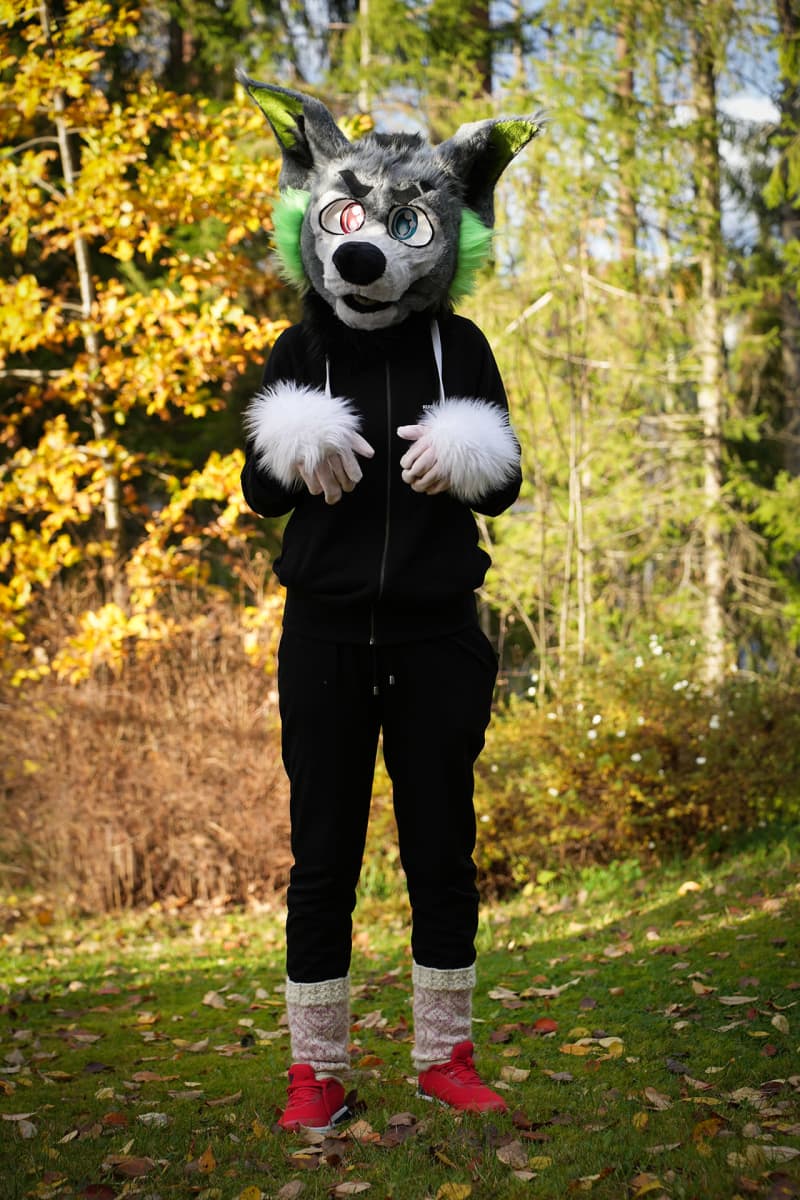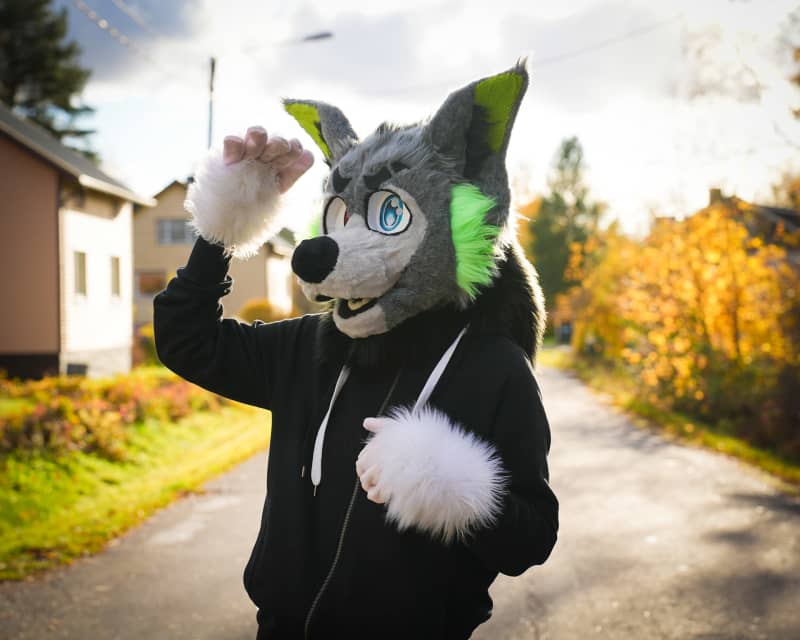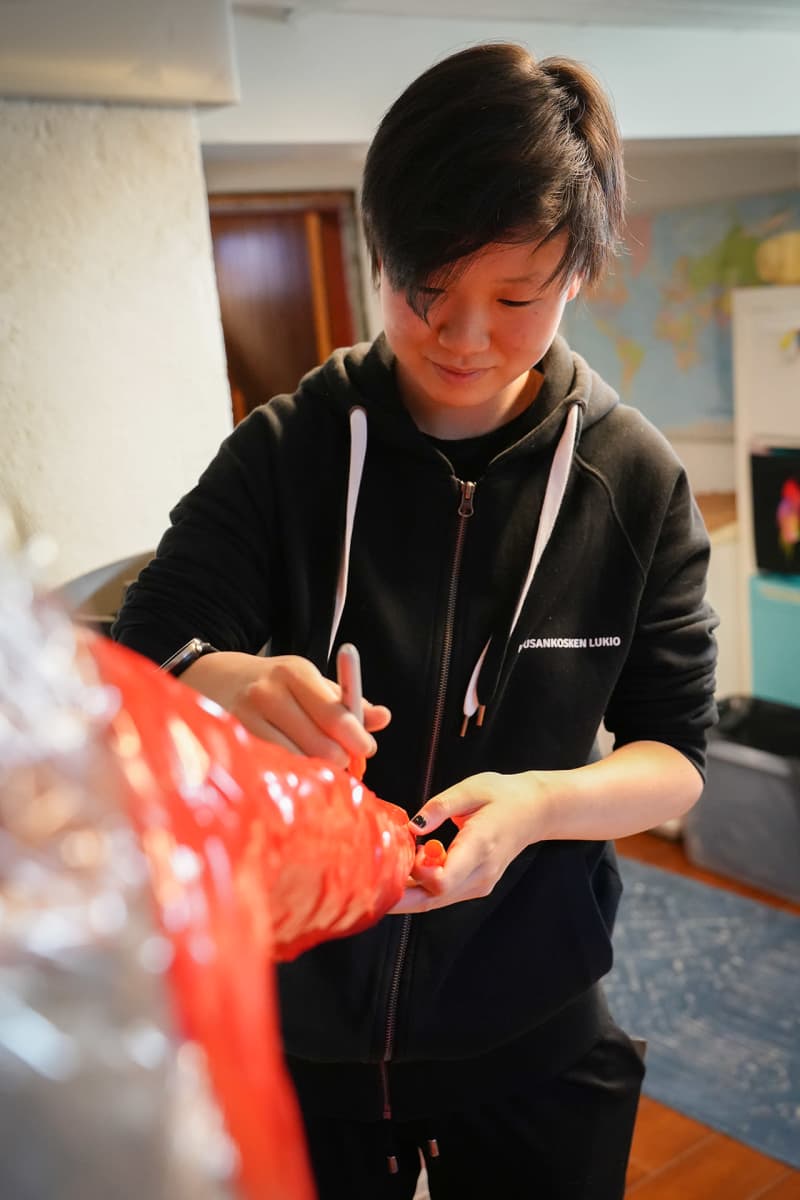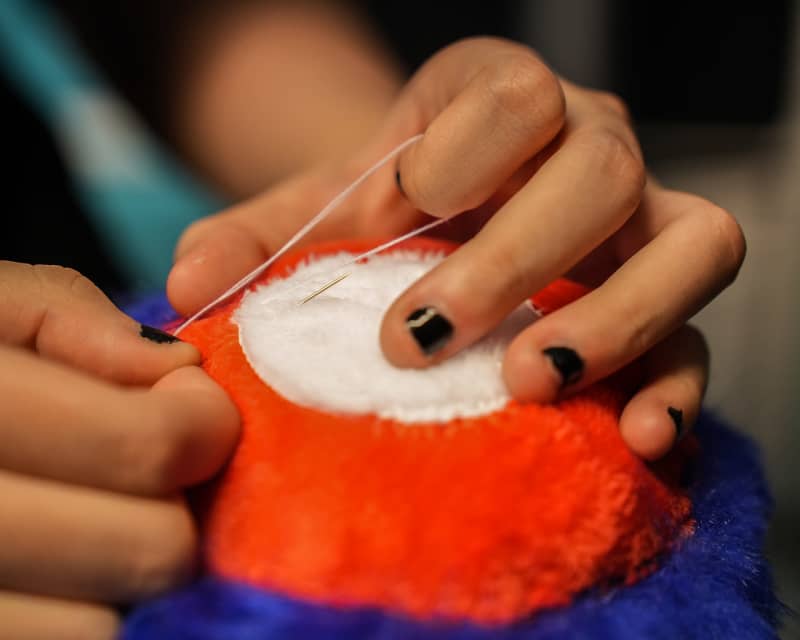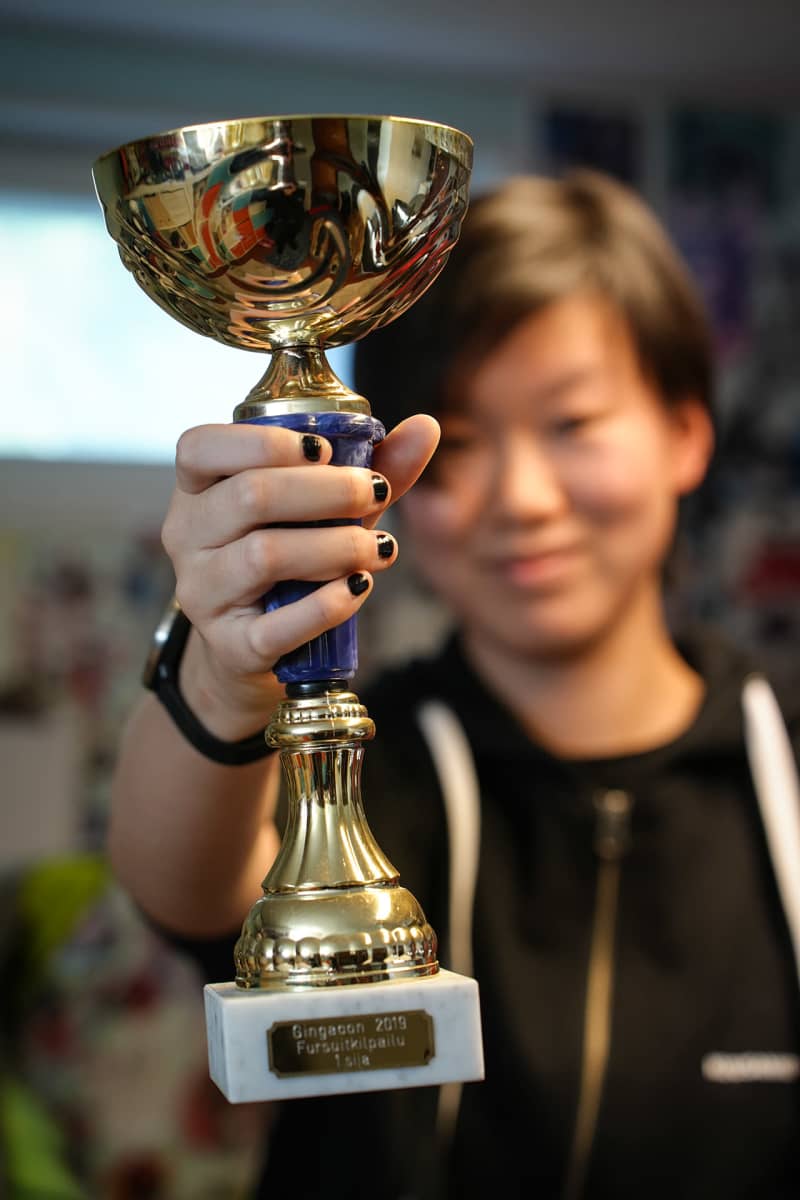Making a fur suit requires precision, design skills and even special quality hair purchased from the United States.
According to a simple definition, the furry subculture or furry (fandom) means that a person dresses up as a furry, fictional animal character. The outfit is called a fursuit, and the person’s cool personality is called a fursona.
Turrei is most often encountered at cosplay and gaming events, and sometimes also on the streets of larger cities and at concerts by Asian artists.
The subculture includes not only dressing, but also the making of costumes and the art of fur, which covers different categories from dogs to cats to reptiles.
Vainio, who recently turned 18, got excited about turri and turri culture already in his early teens, i.e. in 2016.
– The hobby of fur is an excellent form of self-expression, a bit like drawing, for example, summarizes Vainio.
Turri culture represents anthropomorphism, i.e. animals are associated with human-like features. It has been a familiar phenomenon in comic art for decades. Thus, turgids walk on two legs and we can speak of \”bipedal turgids\”. In turri art, a muscular man gets a fox’s head as an extension, and a woman with a curvy body looks at the world from a cat’s point of view. Both have bushy and fluffy tails on their backs.
– Dogs have always been very popular characters in turri circles. This is because the character is most often created from one’s own favorite animal and of course also because dogs are popular animals anyway, says Olivia Vainio.
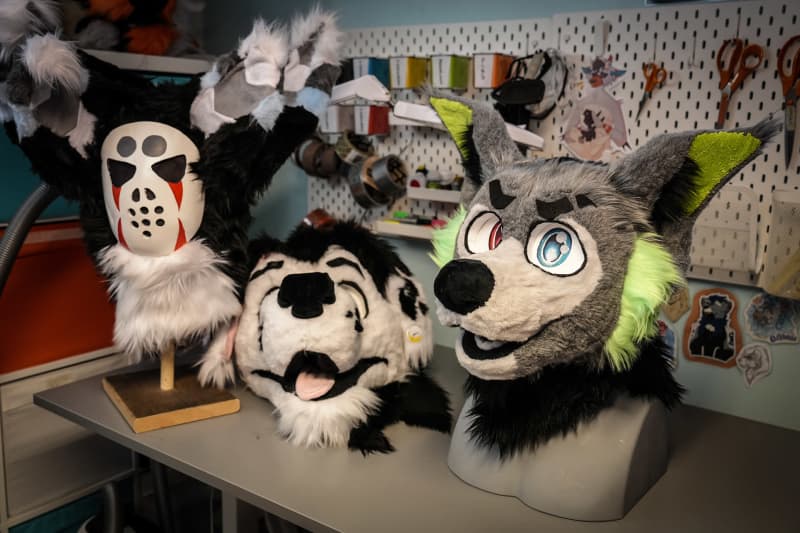
Making a turtleneck is a slow process
Vainio, who is currently studying in high school, makes two complete turri suits a year in addition to individual parts. The number may seem small, but high school studies take time, and it is easy to spend thirty hours just doing one chapter.
– A turban doesn’t just come out of that, as it usually has a lot of details. Matters related to quality must also be taken into account: seams must be sewn precisely, gluing must be careful and the hair must be cut to a certain height. In addition, the suit must feel comfortable to wear.
According to Vainio, three-dimensionality is also a challenge when making a turria costume.
– It requires design skills. You have to figure out how to make the muzzle out of foam and how the ears fit on the head.
Sometimes you also have to look at the hair. Certain properties must be found in the fur used in fur suits, and this is why Vainio orders the material in question from the United States.
– The fur sold in Finland has fewer properties: it was originally designed perhaps more for interior use, for making pillows and coats, and is not intended for cutting. American hair, on the other hand, can be trimmed and shortened without worry.
Vainio has learned about the work steps related to turri suits via the internet, and he has made a few tutorials himself.
– I’ve never even been very good at sewing, but once you’ve practiced it properly, it started to flow.
Now let’s look to horror for inspiration
Traditionally, Turri is thought of as a fluffy and affectionate furball, but recently this has clearly changed. Turri can look grumpy and even angry. The fiery character can be emphasized with, for example, a large number of teeth or three eyes.
– Nowadays, Turri’s character can also be described as edginess. We want a counterbalance to cuteness and softness, and inspiration is sought from, for example, horror material, Olivia Vainio says.
Vainio has recently done just such a trick himself.
– The nature of the character in question is a bit irritable and maybe even arrogant. The eyebrows are angular and the different colored eyes enhance the impression.
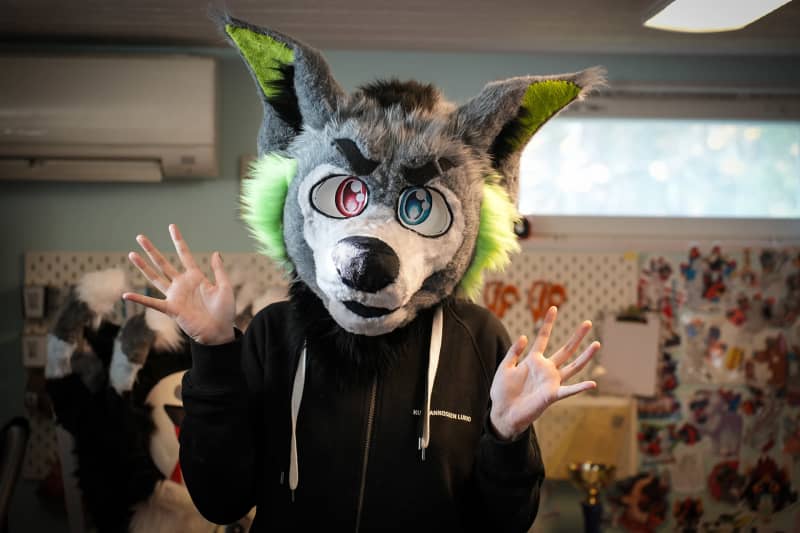
According to Olivia Vainio, Turri culture also includes certain values \u200b\u200band a certain philosophy.
– It is important that everyone is included. Age, gender or sexuality does not matter, everyone is cared for as they are.
